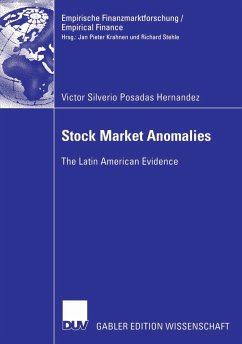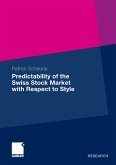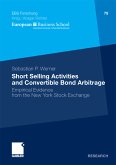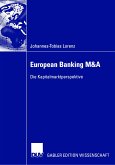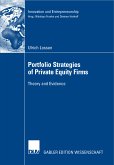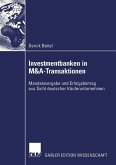Interest in the Latin American emerging markets (LAEM) has increased considerably in recent years. It is often claimed that they have to pay a price for being too different from developed markets, i.e. for having weak institutions, failed macroeconomic programs, political instability, poor corporate governance and high trading costs. Victor Silverio Posadas Hernandez explores three sets of questions: "What are the investment laws in the LAEM and how do they compare to those of developed countries? "How heterogeneous are the implicit trading costs in the LAEM and which factors are responsible for the heterogeneity? "How does the predictability of stock returns in the LAEM differ from those documented for developed markets?
Dieser Download kann aus rechtlichen Gründen nur mit Rechnungsadresse in A, B, BG, CY, CZ, D, DK, EW, E, FIN, F, GR, HR, H, IRL, I, LT, L, LR, M, NL, PL, P, R, S, SLO, SK ausgeliefert werden.
Hinweis: Dieser Artikel kann nur an eine deutsche Lieferadresse ausgeliefert werden.

